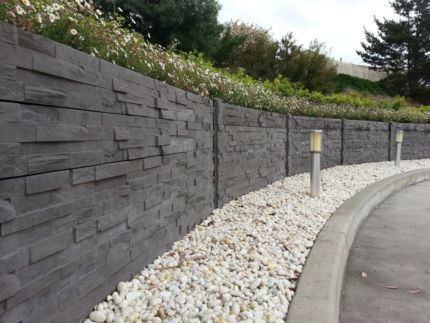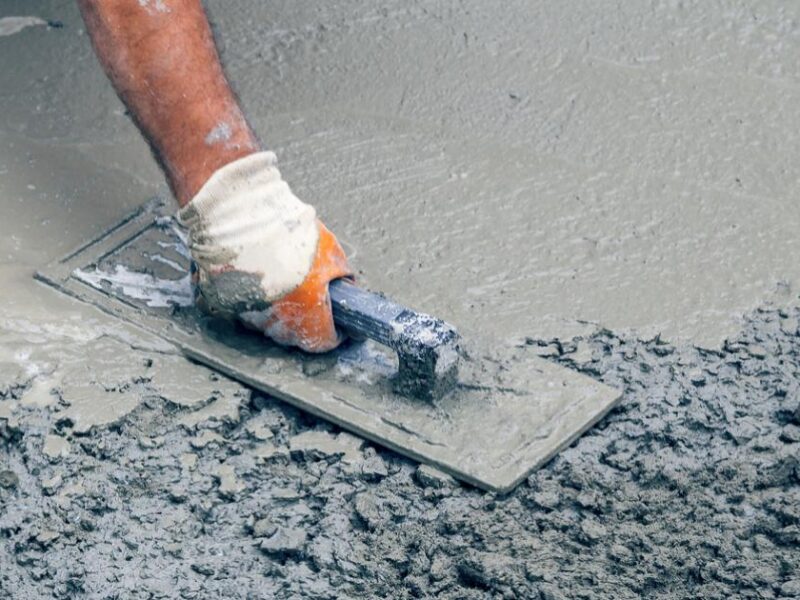Retaining Walls for Flood Control may be built in two different styles, i.e., horizontal and vertical. They may also be constructed from concrete to ground load carrying capacities of 32 9 mm and over. The concrete can be put to the soil along with a cover of sand or gravel applied over it. The flat walls are made adjacent to the house retaining wall.
Retaining Walls for Flood Control

This system reduces flooding risks significantly in addition to improving the structural soundness of the home. The installation of the system is highly recommended by local, state and national authorities. It’s popular for purposes concerning significant civil engineering functions such as earth moving, earth and water foundations, foundation repair, grading, street repairs, grading, construction of retaining walls, building and zoning control, building maintenance, fire prevention methods, etc.. The National Flood Insurance Program (NFIP) provides several policies for home builders and developers of residential dwellings that meet NFIP criteria. The government is also providing financial aid to homeowners or individuals facing financial hardship because of flood. To avail these benefits, one needs to guarantee adherence to prescribed standards of safety during the setup and maintenance of the Retaining Walls for Flood Control.
Retaining Walls for Flood Control
Maintaining Walls for Flood Control are designed to resist increasing water stress, which in turn, reduces flood risks. These installations are typically made in combination with the purpose of protecting the home from flood attack. They are constructed from top quality material that guarantees greater longevity and endurance. They are available in different forms such as a good block, rock, and concrete. The cost of the structures is dependent upon the plan, kind of material, size and type of insulating material used.
Retaining Walls for Flood Control
- 1 big part of the Retaining Walls for Flood Control is a heavy duty non-woven polypropylene net referred to as the mesh display or shield. This mesh is largely used to contain soil and sediment. This component acts as a containment safeguard against soil erosion and corrosion. It has the capability to resist undue pressure while providing a comparatively level of protection from flood waters. It’s usually manufactured with a polyethylene liner that’s added to strengthen the structure, providing extra strength and endurance.
The next key component is the sheet mesh or sheet metal or sheet galvanized steel wire that creates the remainder of this Retaining Walls for Flood Control. Sheet mesh primarily utilized as a method of containing sediment or soil and protects homes from hydrostatic pressure when providing a comparatively level of protection against floods. Sheet mesh could be fabricated in various forms such as with aluminum, stainless steel, sheet metal or solid block. The dimensions of the panel size determines the amount of protection one is able to supply.
The last major component is the concrete coating. It is comprised of a thick powder-coated reinforced steel frame and various mesh sizes ranging between two to four feet tall. The frame can either be galvanized steel or polyethylene. The depth of the panel dimensions determines the amount of structural integrity.
The construction details include concrete footer drain along with an extra concrete buffer zone. The footer drains will offer channel water runoff to the drainage system and channel dirt away from the foundation. The extra concrete buffer zone functions as a secondary drain to get floor dirt. The footer drains are typically two to four feet deep and have a station thickness ranging between two to four feet. The width is dependent on the size of this panel size. The channel width allows water to percolate through the drain efficiently eliminating sediment.
The closing Retaining Wall system is the galvanized mesh. Galvanized mesh is constructed of a heavy duty non-woven polypropylene material. It has a closed cell structure, which makes it impervious to rust and corrosion. It’s composed of individual cells which are manufactured to exact specifications utilizing specific equipment. A unique aspect of this sort of substance is that the cells are sterile, which creates a vacuum that doesn’t permit air pockets to form and promote corrosion.

